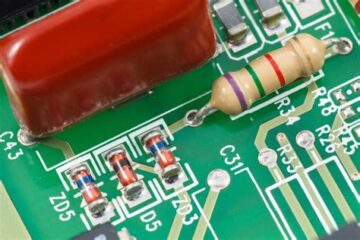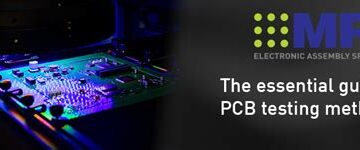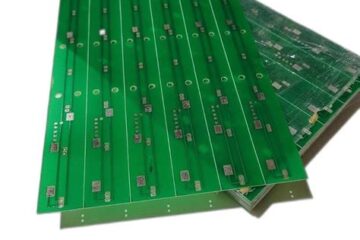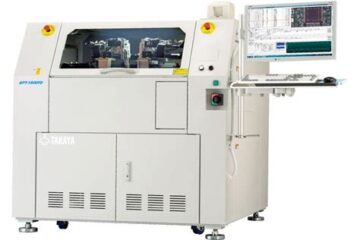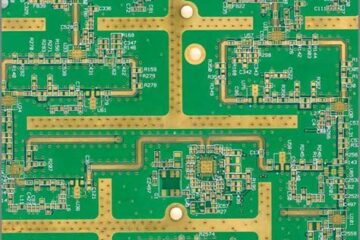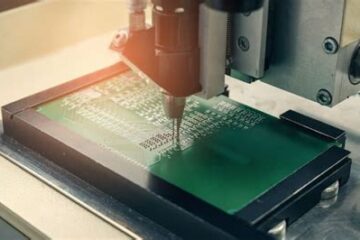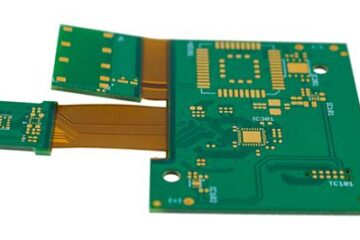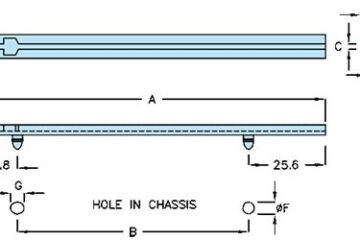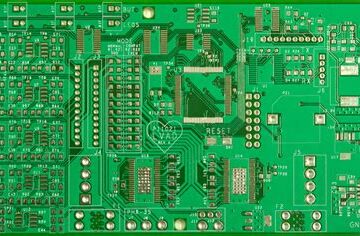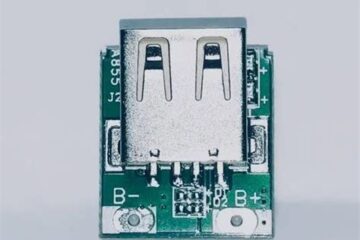PCBA
PCB INDUSTRIAL SOLUTION
Introduction to PCB Industrial Solutions Printed Circuit Board Industrial Solutions, or PCB-IS for short, refer to the wide range of PCB technologies, processes, materials, and services tailored specifically for industrial applications. Unlike consumer electronics where cost is often the primary driver, industrial PCB solutions prioritize reliability, durability, and performance to withstand harsh operating conditions over extended periods of time. Industrial PCBs are found in a diverse array of applications including: Factory automation and control systems Read more…
